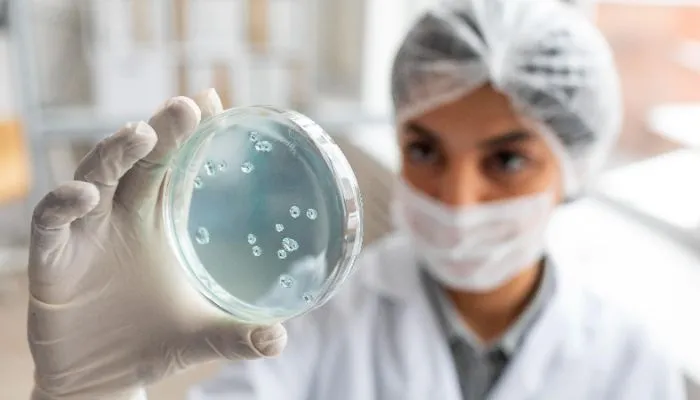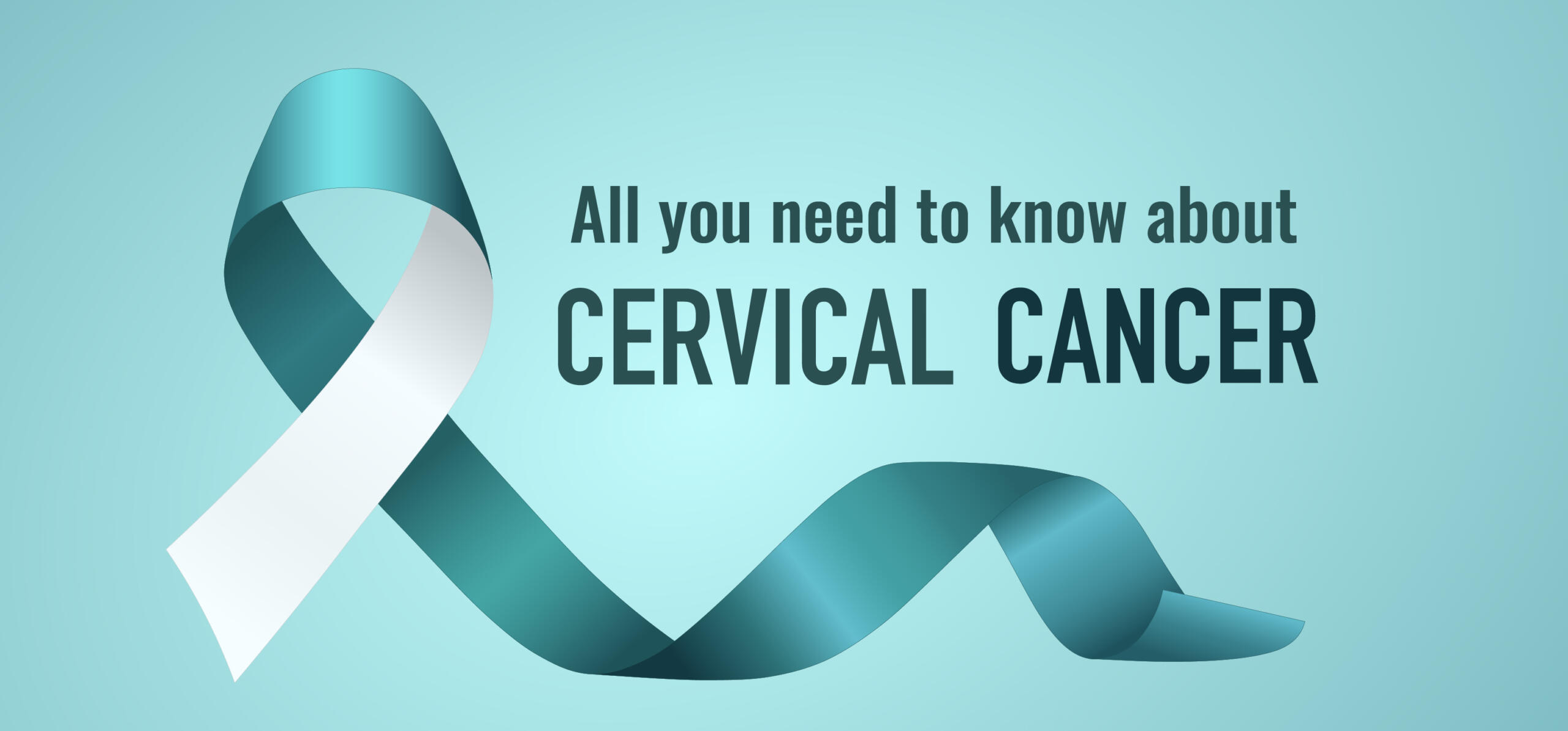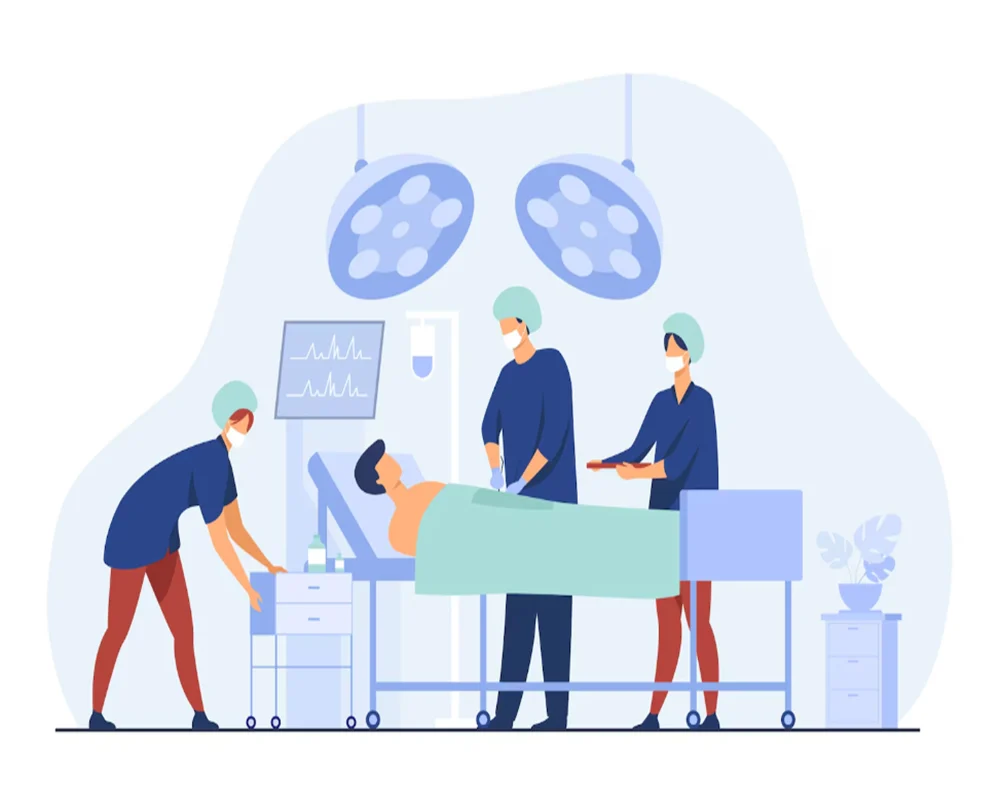General

All About HMPV: Symptoms, Prevention, and More
January 6, 2025Human metapneumovirus (HMPV) is a respiratory virus first identified in 2001 by Dutch researchers...

Postpartum Depression to Baby Blues: All You Need to Know About Maternal Mental Health
October 1, 2024Momhood is a significant step forward in every woman’s life. It is a life-changing experien...
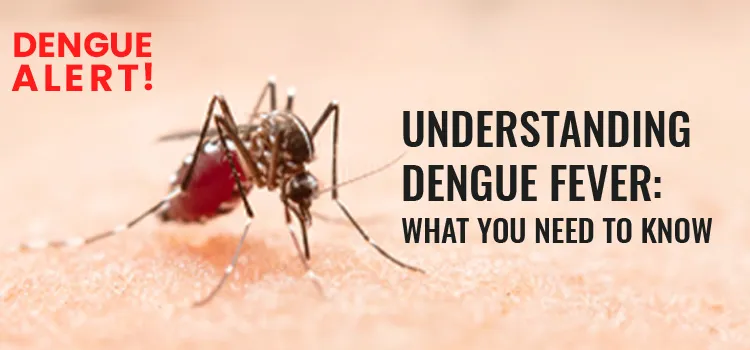
Dengue Fever
July 29, 2024Dengue fever (pronounced DEN-gee) is a viral illness transmitted prima...
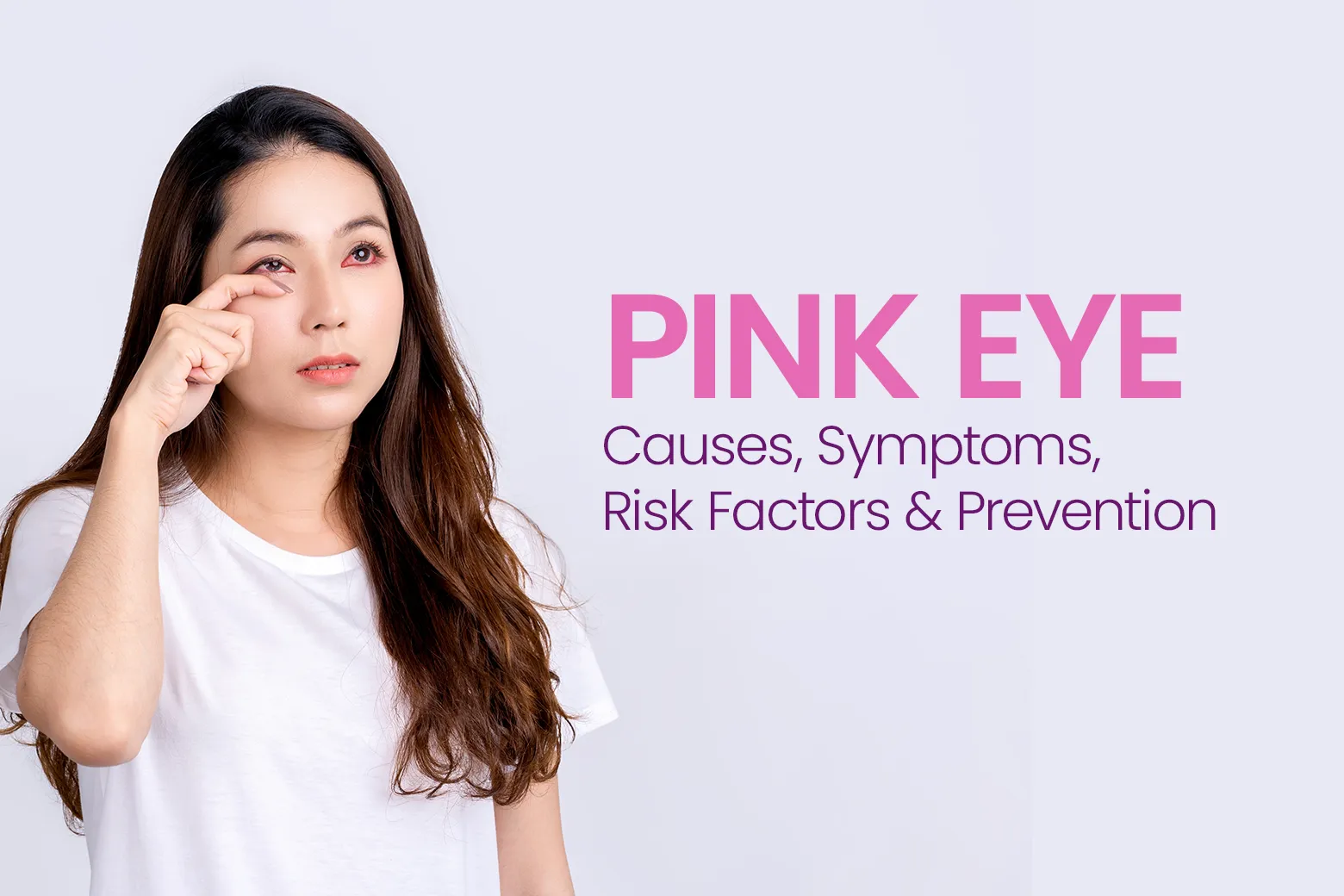
Pink Eye (conjunctivitis): Causes, Symptoms, Risk Factors and Prevention
July 27, 2023‘Pink eye’ is primarily an inflammation of the conjuncti...
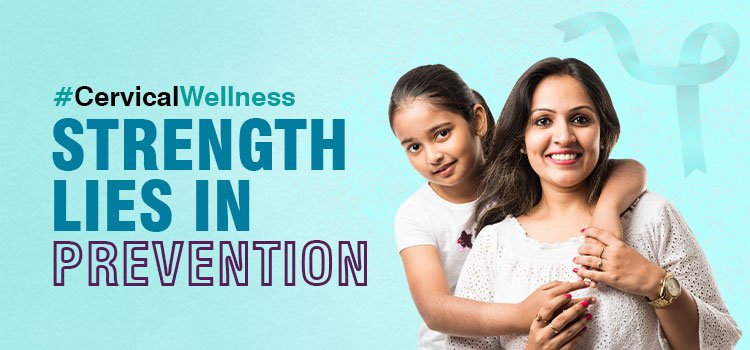
All you need to know about Cervical Cancer and HPV Vaccine
May 13, 2023Globally, cervical cancer is the fourth m...

Diwali is Here! What a Mommy-to-be Should Know
October 21, 2022The festive season has begun in full swin...
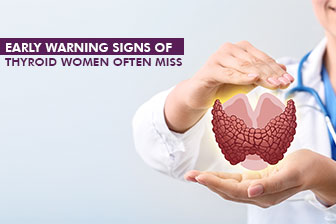
Early Warning Signs of Thyroid Women Often Miss
October 10, 2022Thyroid is a two-inch long butterfly-shaped endocrine gland located ...

Menopause and Weight Gain: All You Need to Know
August 19, 2022Menopause is the most natural phase of a woman’s lifecycle, ho...
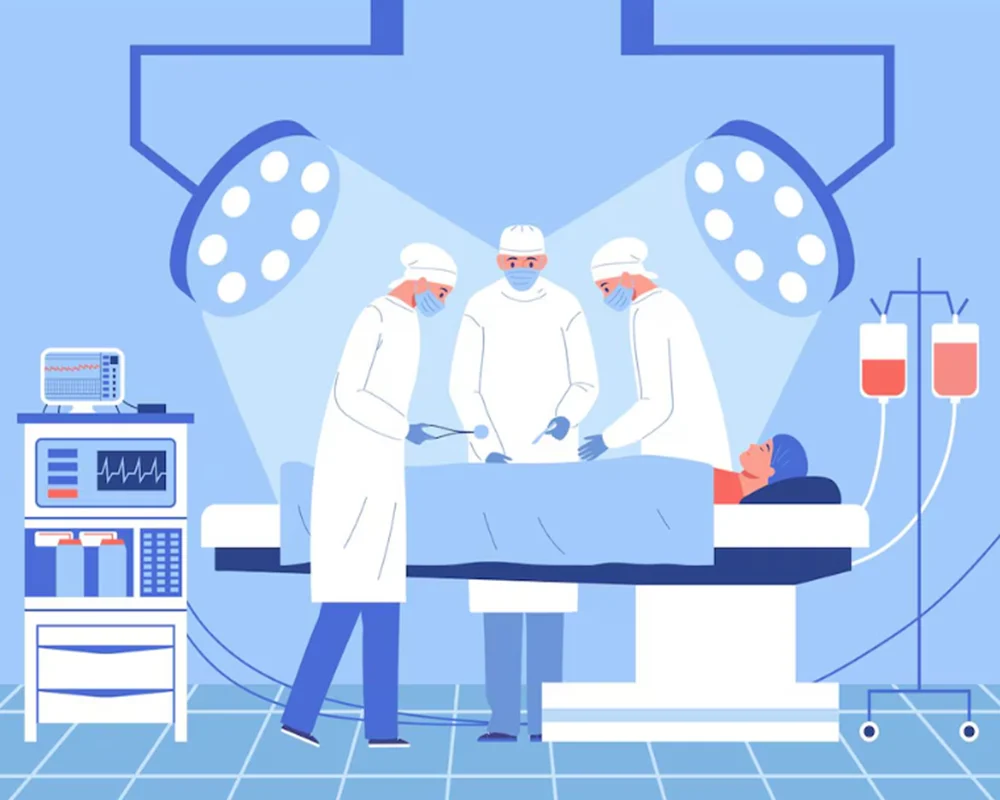
Everything You Need to Know About Laparoscopy
August 17, 2022Laparoscopy is a type of diagnostic/surgical procedure that enables ...

Health challenges faced among working Moms and the ways to overcome such challenges
August 10, 2022Working mothers often face several challe...

Which Is the Best Maternity Hospital in Bangalore?
January 13, 2022When you decide to have a child, you may have a lot of questions. It...
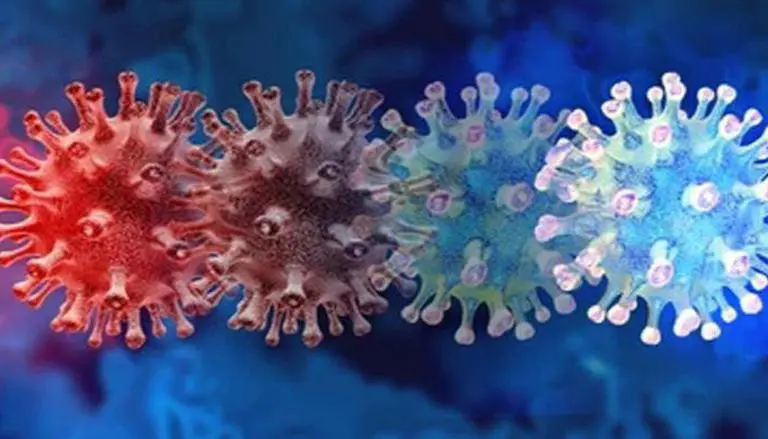
Omicron Virus Symptoms, Causes, Precautions & Treatments
December 20, 2021Omicron COVID Variant Virus Omicron COV...

Appendicitis: Symptoms, Causes and Treatment
July 20, 2019Appendicitis is a condition that affects the appendix, a small tube ...

Hernia Repair: Types, Surgery and Recovery
July 3, 2019A hernia is a condition in which an inter...
